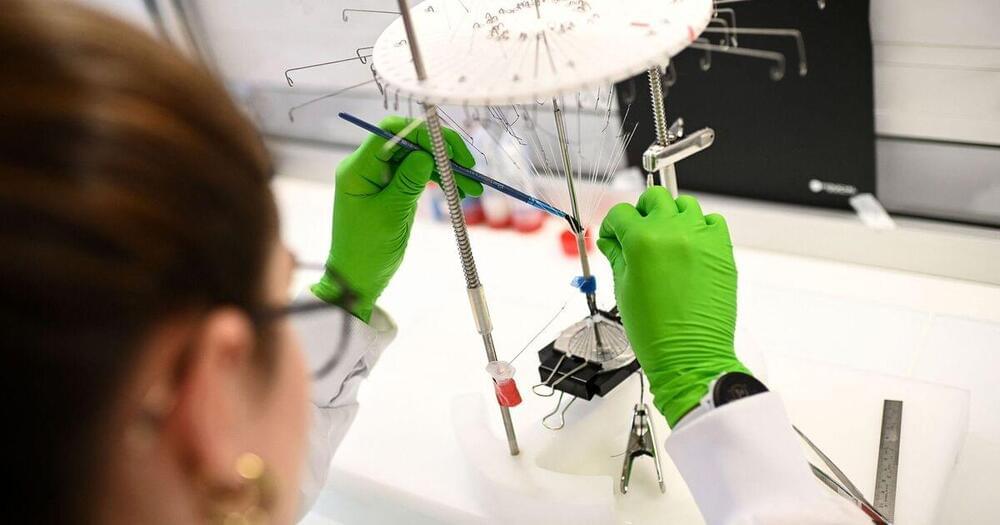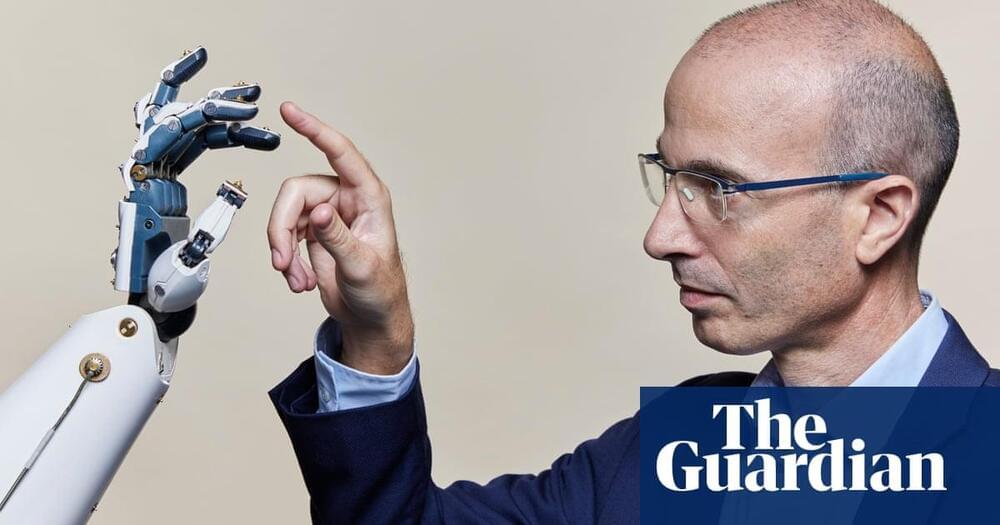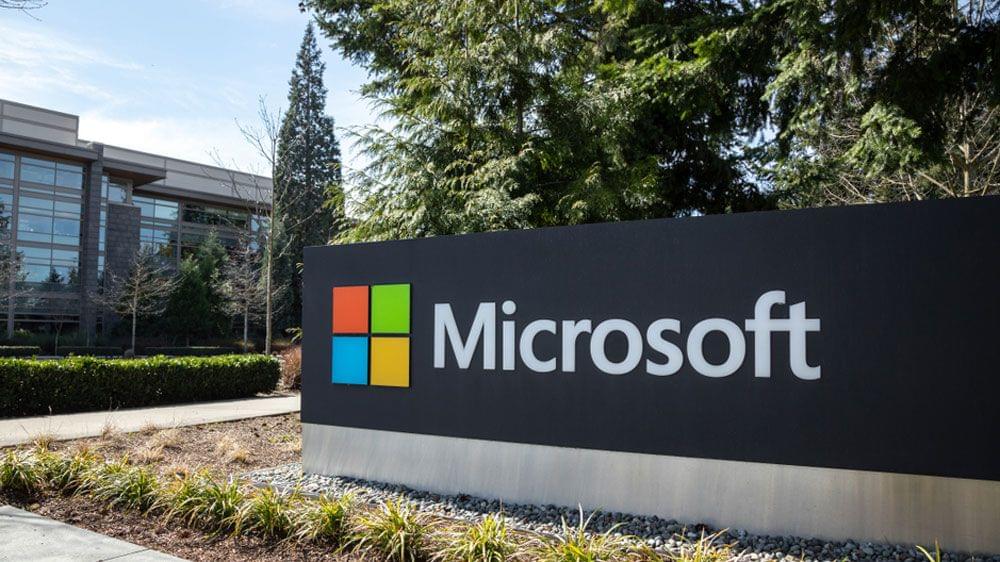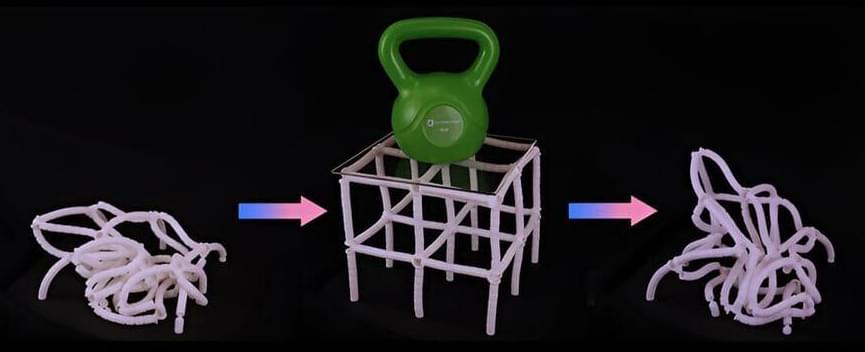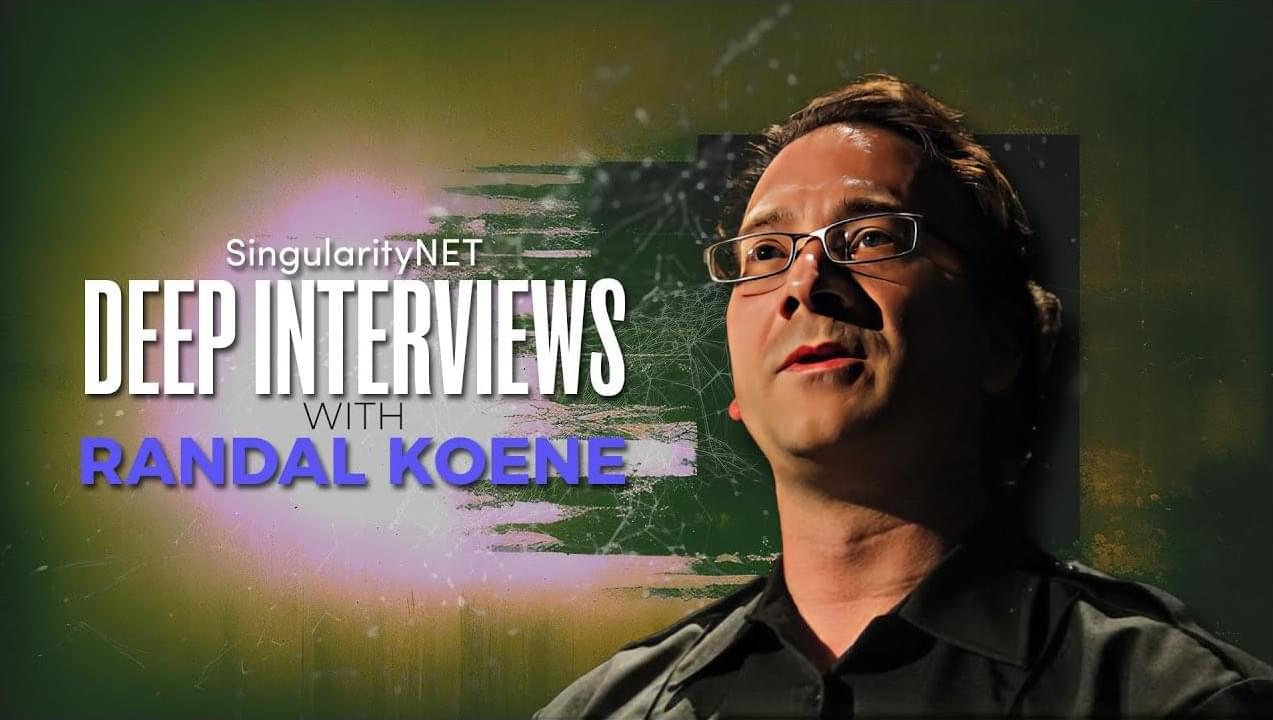
Two years on, most of those productivity gains haven’t materialized. And we’ve seen something peculiar and slightly unexpected happen: People have started forming relationships with AI systems. We talk to them, say please and thank you, and have started to invite AIs into our lives as friends, lovers, mentors, therapists, and teachers.
We’re seeing a giant, real-world experiment unfold, and it’s still uncertain what impact these AI companions will have either on us individually or on society as a whole, argue Robert Mahari, a joint JD-PhD candidate at the MIT Media Lab and Harvard Law School, and Pat Pataranutaporn, a researcher at the MIT Media Lab. They say we need to prepare for “addictive intelligence”, or AI companions that have dark patterns built into them to get us hooked. You can read their piece here. They look at how smart regulation can help us prevent some of the risks associated with AI chatbots that get deep inside our heads.
The idea that we’ll form bonds with AI companions is no longer just hypothetical. Chatbots with even more emotive voices, such as OpenAI’s GPT-4o, are likely to reel us in even deeper. During safety testing, OpenAI observed that users would use language that indicated they had formed connections with AI models, such as “This is our last day together.” The company itself admits that emotional reliance is one risk that might be heightened by its new voice-enabled chatbot.

